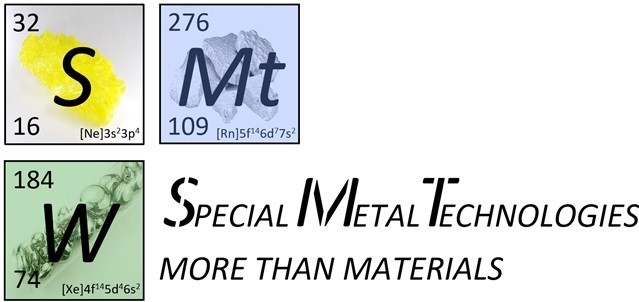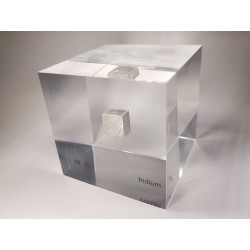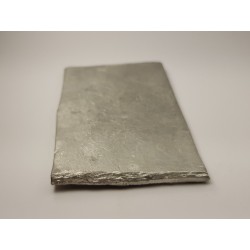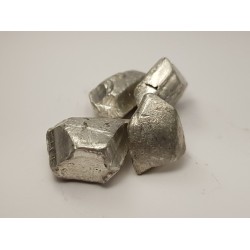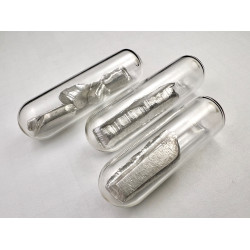Indium
Indium, with the chemical symbol In, was first discovered in 1863 by German scientists Ferdinand Reich and Hieronymus Theodor Richter. Isolated from zinc minerals, it received its name due to the indigo-blue color it exhibited during spectral analysis.
Although indium is relatively scarce on Earth – comprising only about 0.25 parts per million – it plays a crucial role in the electronics industry. Indium-tin alloys are used as solder materials in the production of flat screens, touchscreens, and solar cells.
The fascinating applications of indium extend beyond electronics. In medicine, it is utilized for radioactive markers, while in semiconductor research, it plays a significant role. Future applications could emerge in the field of renewable energies. There are indications that indium could play a key role in battery technology, especially for more powerful lithium-ion batteries.
